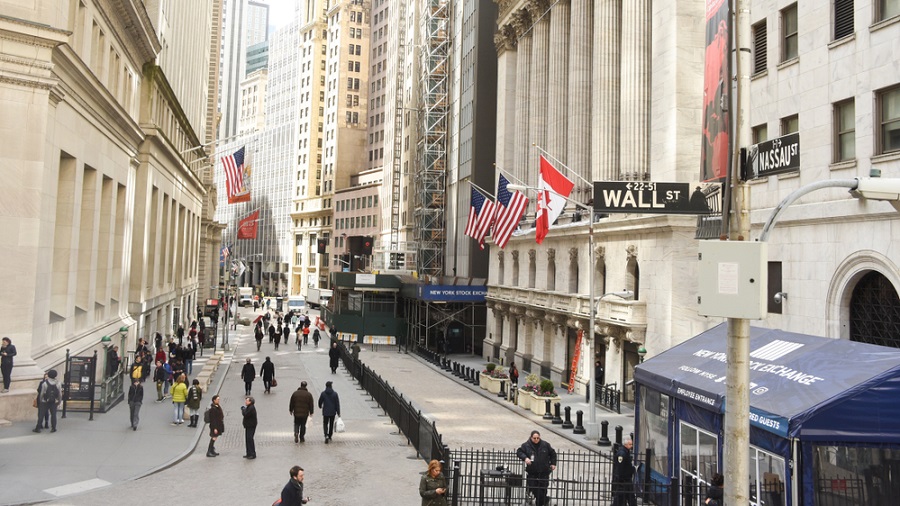Stocks dropped on Friday, pushing the S&P 500 into a bear market for the first time since early in the pandemic, as investors feared the effects of higher inflation, rising interest rates and the risk of a recession.
The S&P 500 was down about 1.6 per cent in intraday trading, pushing the benchmark index into bear market territory, a Wall Street term for a 20 per cent decline from a recent peak — in this case, since January 3. It is a symbolically important marker of investor pessimism, and the index would have to close the day at this level to officially enter a bear market.
The S&P 500 is also on track for its seventh consecutive weekly decline, an unusually long losing streak.
The pessimism in Wall Street has been prompted by fears about stubbornly high inflation and the Federal Reserve’s plans to increase interest rates in response, which could tip the economy into recession. The pandemic, Russia’s invasion of Ukraine and lockdowns in China have added to these concerns.
The March 2020 bear market lasted just 33 days before the S&P 500 ended up rebounding to record highs again as investors bet on internet companies which thrived during the pandemic.
Since World War II, bear markets have almost always been closely accompanied by recessions, with a few exceptions, like the stock market crash of 1987. But there are recent examples of markets brushing close to a bear market when a recession never resulted, according to LPL Financial.
The S&P 500 came within a percentage point of the bear-market threshold in 1998, 2011 and 2018 but never tipped over the line.
Sensex rebounds
Benchmark indices in India on Friday staged a sharp rebound on positive global cues as China cut a key interest rate to buoy its economy. The rally saw the Sensex surging over 1534 points on across-the- board buying with heavyweights such as Reliance and the HDFC twins also supporting the higher close.
However, analysts caution that equities will remain under pressure due to hawkish actions by central banks to fight inflation, even though the current bout of correction has led to reasonable valuations emerging in some pockets.
On Friday, China announced that it will reduce the five year loan prime rate to 4.45 per cent from 4.6 per cent earlier. This led to shares in Asia and Europe rallying with indices such as the Nikkei, Straits Times, Hang Seng, Kospi and Shanghai Composite rising by up to 2.96 per cent. Europe was also in the green with the FTSE, CAC and the DAX firming up by around 1.88 per cent at close.
In India, the 30-share Sensex opened on a strong note at 53513.97 and hit the day’s high of 54396.43 after which it closed at 54326.39 — a gain of 1534.16 points or 2.91 per cent.
All the Sensex stocks ended higher with Dr Reddy’s leading the list as its shares rose 8.10 per cent. It was followed by Reliance Industries whose shares surged 5.77 per cent.
(New York Times News Service. With inputs from Mumbai bureau)











